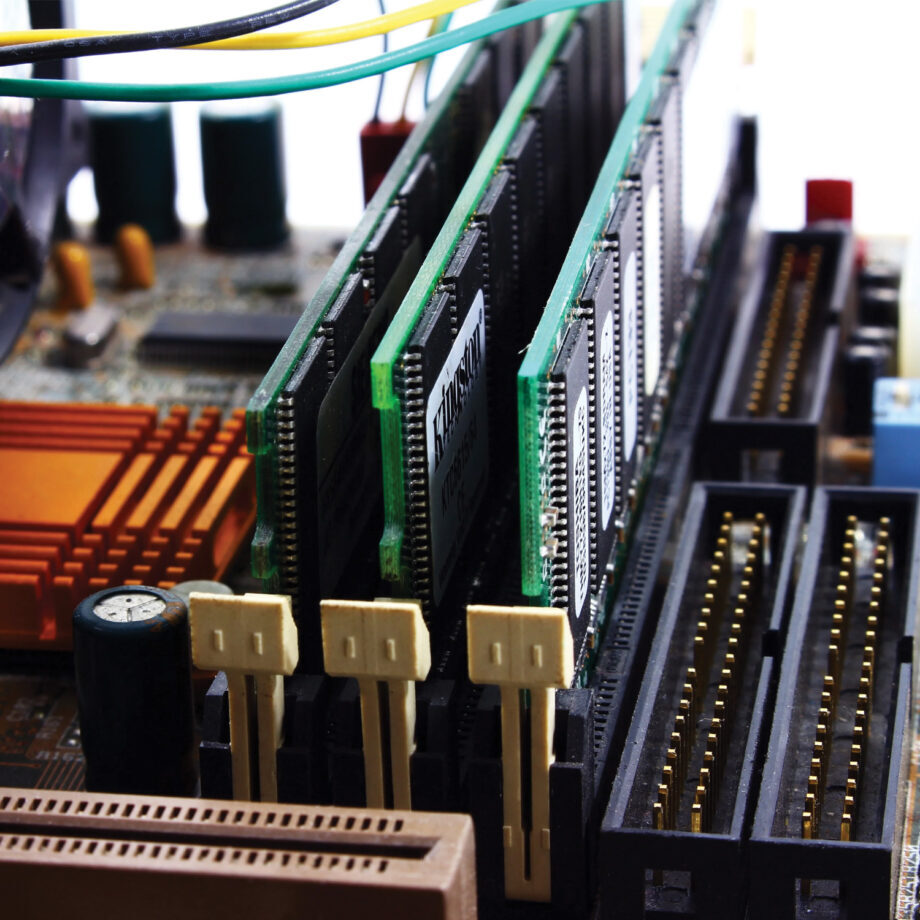
In today’s digitally connected world, Wi-Fi has become an indispensable part of our daily lives. From streaming videos to remote work and smart home devices, Wi-Fi enables seamless wireless communication. But have you ever wondered about the underlying physics that makes it all possible? In this blog post, we’ll delve into the fascinating world of Wi-Fi and explore the principles of physics that drive this remarkable technology.
The Basics of Wi-Fi:
Before we dive into the physics, let’s understand the basics of Wi-Fi. Wi-Fi stands for “Wireless Fidelity” and is a wireless communication technology that allows electronic devices to connect to the internet or exchange data wirelessly. Wi-Fi operates using radio waves, which are a form of electromagnetic radiation.
The Electromagnetic Spectrum:
To comprehend Wi-Fi physics, we need to explore the electromagnetic spectrum. The spectrum consists of various types of electromagnetic waves, including radio waves, microwaves, infrared, visible light, ultraviolet, X-rays, and gamma rays. Each type of wave has a different frequency and wavelength.
Wi-Fi operates in the radio frequency (RF) portion of the spectrum, specifically in the 2.4 gigahertz (GHz) and 5 GHz bands. These frequency bands are unlicensed and widely used for Wi-Fi communication.
Radio Waves and Propagation:
Wi-Fi utilizes radio waves for communication, which are a type of electromagnetic wave with longer wavelengths and lower frequencies. Radio waves can travel through different media, including air, walls, and other obstacles. The ability of radio waves to propagate and reach their intended destination is a crucial aspect of Wi-Fi physics.
Radio waves propagate through a process called “diffraction.” Diffraction allows waves to bend around obstacles, enabling Wi-Fi signals to penetrate walls and objects to reach devices in different rooms. However, the strength and quality of the signal may decrease as it encounters more obstacles.
Modulation and Encoding:
To transmit and receive data, Wi-Fi uses modulation and encoding techniques. Modulation involves altering the properties of the radio wave, such as its amplitude, frequency, or phase, to carry information. Encoding refers to the process of converting digital data into a format that can be transmitted via radio waves.
Wi-Fi typically uses modulation schemes like Phase Shift Keying (PSK) or Quadrature Amplitude Modulation (QAM). These techniques allow Wi-Fi signals to carry a multitude of information, such as bits representing data packets, network identifiers, and error correction codes.
Signal Strength and Interference:
The strength of a Wi-Fi signal plays a vital role in determining the quality and speed of the wireless connection. Signal strength is influenced by factors like distance from the Wi-Fi router, the presence of obstacles, and interference from other devices operating in the same frequency band. Interference can occur when multiple devices, such as routers or microwave ovens, transmit signals in the same frequency range. This interference can lead to signal degradation and reduced data throughput. To mitigate interference, Wi-Fi networks can utilize techniques like channel selection and frequency hopping.



